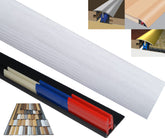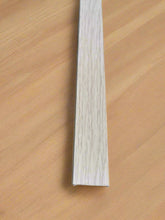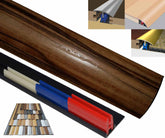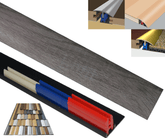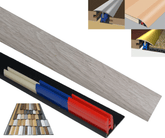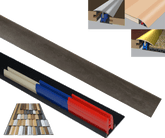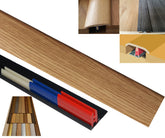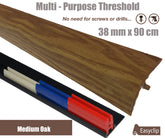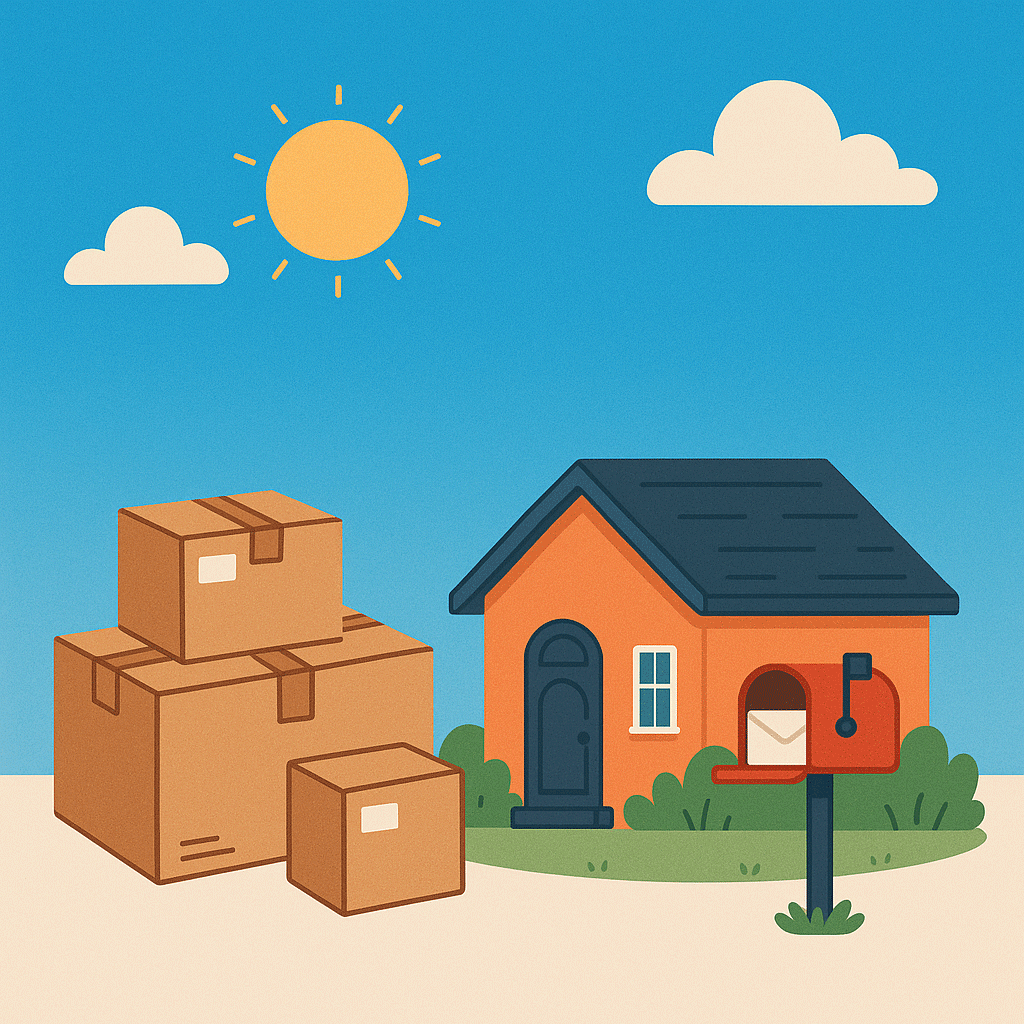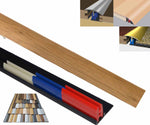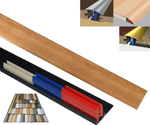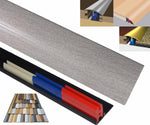Preparing Your Floors for a Cold Winter
Preparing Your Floors for a Cold Winter
Introduction
As winter approaches, it’s time to think about how to protect one of your home’s biggest investments—your floors. Cold temperatures, snow, and dry indoor air can all cause damage if your floors aren’t prepared properly. Whether you have hardwood, laminate, tile, or carpet, a few preventative steps can make a big difference in comfort and durability.
1. Add Warmth with Rugs and Runners
Area rugs and runners help trap heat and prevent cold air from seeping through floors. They also protect high-traffic areas from salt, snow, and mud. Choose rugs with non-slip backings for safety, and rotate them occasionally to ensure even wear.
2. Seal and Protect Hardwood Floors
Winter’s dry air can cause hardwood to shrink and crack. Apply a protective finish or wax before the coldest months arrive, and use a humidifier to maintain indoor humidity between 35–55%. This helps preserve the wood’s natural moisture balance.
3. Keep Entryways Clean and Dry
Dirt and moisture tracked in from outside are the biggest threats to your flooring. Place absorbent mats both inside and outside every entryway, and make sure everyone removes their shoes upon entering. Regularly vacuum and mop to prevent grit buildup.
4. Check Insulation and Subflooring
If your floors feel chilly, it might be time to inspect the insulation beneath them. Poorly insulated crawl spaces or basements can cause cold floors and higher heating bills. Consider adding insulation or thermal underlayment to keep your floors warmer.
5. Mind the Gaps
As the temperature drops, floors can contract and create small gaps. While this is normal, it’s best to monitor them. Avoid over-heating your home, which can make the gaps worse, and keep consistent humidity levels.
Final Thoughts
Preparing your floors for winter doesn’t have to be complicated. With a bit of maintenance and a few strategic upgrades, you can enjoy cozy, durable, and beautiful flooring all season long.


